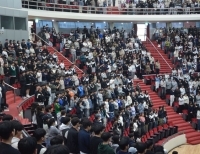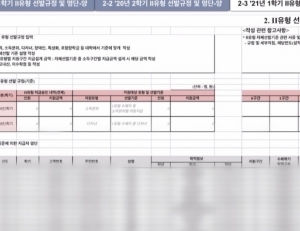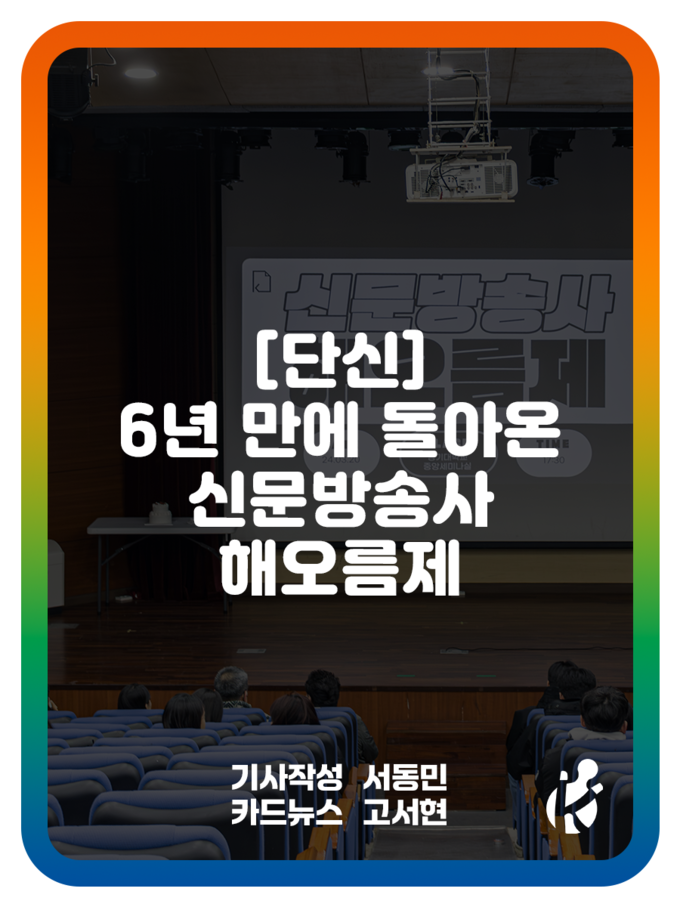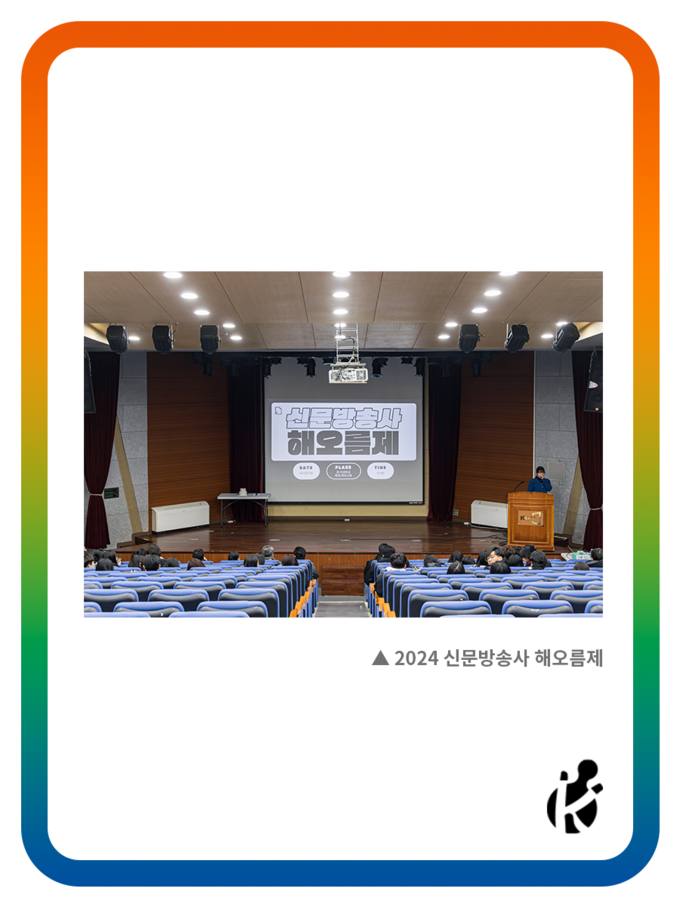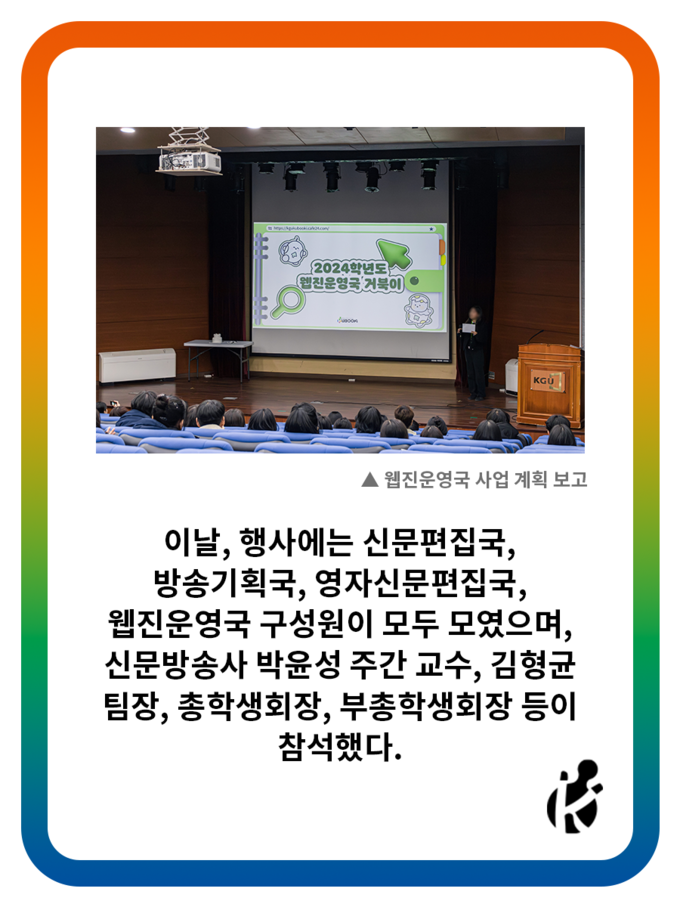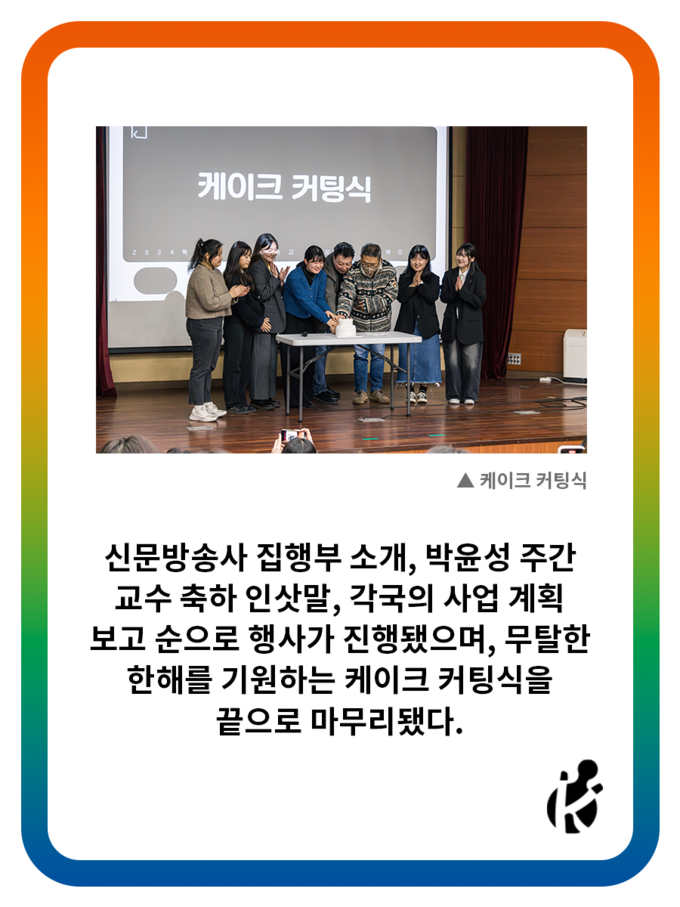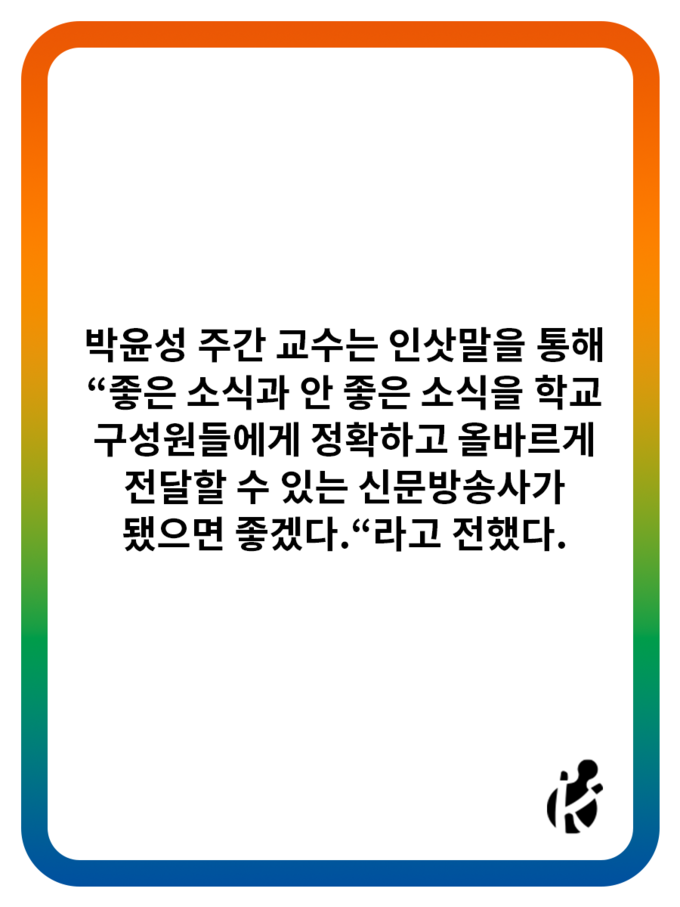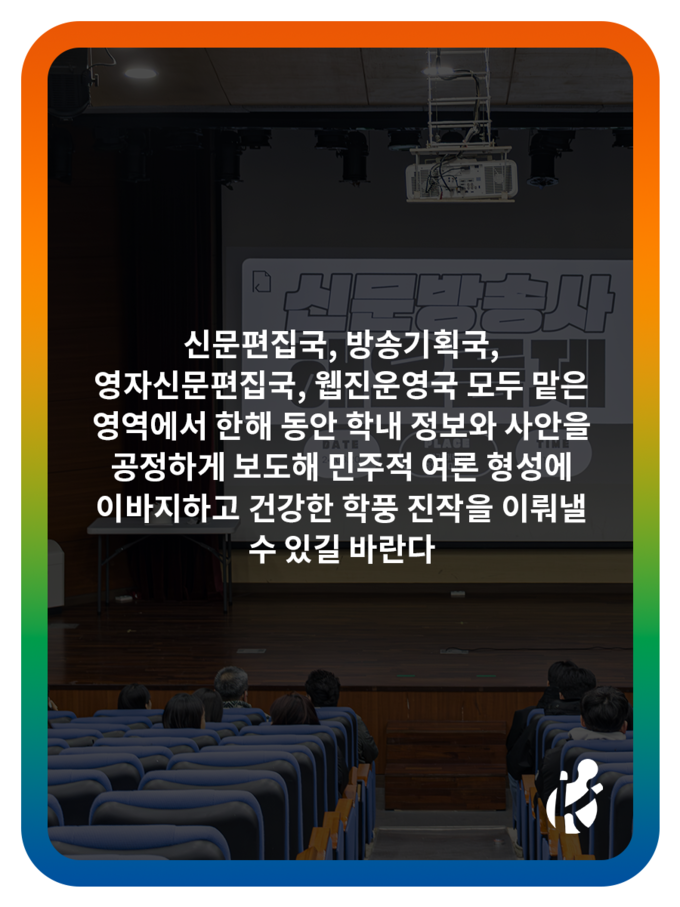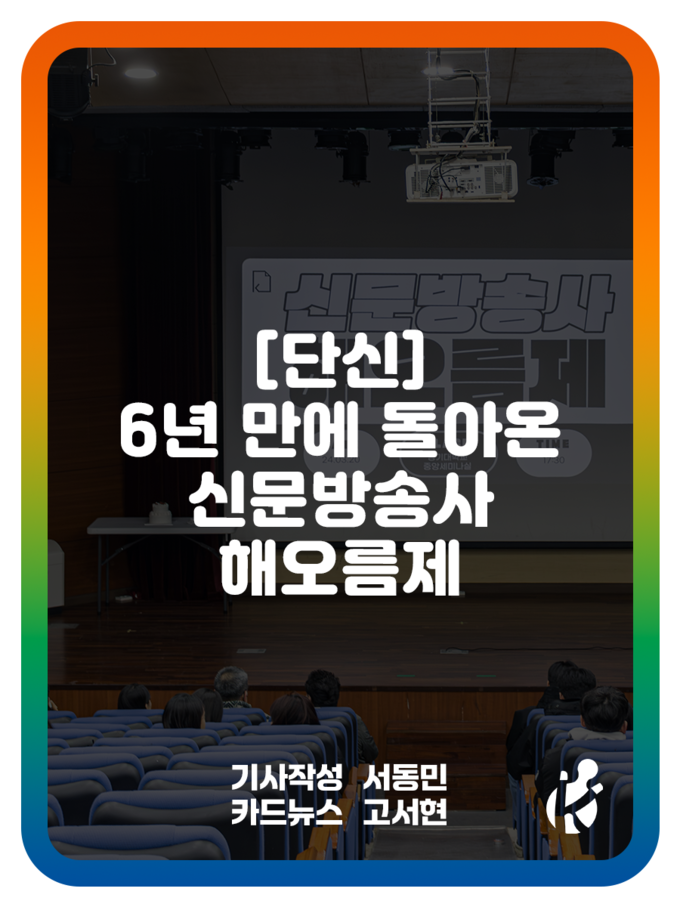When we see historical dramas or films, there are always court ladies who are near the king, like a shadow. They existed from the Goryeo Dynasty to the Joseon Dynasty. As times changed, they changed little by little, but the ultimate role of the assistants of the royal family did not. Then let's find out about them and the ladies-in-waiting, who were as different as chalk from cheese when compared to their European counterparts after medieval times.
Their typical responsibility was to stand by the royal family, especially the king and queen. Because of their presence, the king and queen could have a comfortable palace life. Sometimes they formed close relationships with royal family members by being their closest associates.
However, the two classes of royal assistants were very different. First, the court ladies were similar to today's civil servants. They worked in the palace and received a salary from the country. The court lady system was quite methodical, like the current public official’s. The Nain upper court lady was named Sanggoong after 15 years, and the Seungeun Sanggoong court lady belonged to a special Sanggoong class. It meant that they had received a special favor from the king, usually because they had visited the king's bed. If a Seungeun Sanggoong lady had a baby, she could become a concubine, but she could not be called a mother or talk to the baby. Records say that King Gojong's concubine, Umgibi, could not talk to the future king, Sunjong, who was the son of King Gojong, so she had to wait for him to speak first.
The court ladies had to live in the palace all their lives unless they became sick or committed a crime. Also, they could only marry the king or if not they had to remain a virgin. They were beheaded if they committed adultery with another royal or a noble. The country picked court ladies from among both citizens and slaves, but most of them were from the slave class because of the hard work they had to do and their inability to marry.
In contrast, ladies-in-waiting after the Middle Ages in Europe were mostly royal and noble woman. They talked to the queen, played games, walked and dined with the queen. They didn’t do chores but rather were the assistant to the queen. Their role was similar to that of a personal maid. In other words, ladies-in-waiting took charge of supervising the management of servants. They were able to get married, of course. It was an honor for them to be a queen’s lady-in-waiting, and few nobles would refuse to be one. At Versailles Palace, in France’s best days, it was a great honor to be granted a small room in the palace and stay there. The noble women felt proud to give the queen her underwear to wear and to participate in the king's ritual of entering his bedchamber.
The Pharos inquired about two royal helpers who looked similar but who were in fact totally different. Even though the difference between the two is huge, it can’t be denied that the royal family was comfortable with their existence. Think of those who played their roles calmly even though they were not revealed in history, and think carefully about who still performs those roles silently.
69th Reporter WOO HEESO heeso0303@naver.com
 What Happened in KGU? : 수원캠퍼스 학생총회 편
On April 4th, a general meeting of students was held in the Tele-convention center at the Suwon campus. The contents were the same as the general meeting of students in the Seoul campus: the first part was for agenda announcement, the second part was about the Membership Training for whole university, and the third part was simple Q&A time. In the first part, the agendas were all the same as the ones for the Seoul campus, and the result of the ...
What Happened in KGU? : 수원캠퍼스 학생총회 편
On April 4th, a general meeting of students was held in the Tele-convention center at the Suwon campus. The contents were the same as the general meeting of students in the Seoul campus: the first part was for agenda announcement, the second part was about the Membership Training for whole university, and the third part was simple Q&A time. In the first part, the agendas were all the same as the ones for the Seoul campus, and the result of the ...

 [타 대학보 축사] 늘 그랬듯, 묵묵히
[타 대학보 축사] 늘 그랬듯, 묵묵히
 [와이파이] 큰 박스에 달랑 물건 하나, 과대포장 규제 정책 시행은 언제쯤
[와이파이] 큰 박스에 달랑 물건 하나, 과대포장 규제 정책 시행은 언제쯤
 [문화산책] 이 세계는 멋져 보이지만 모두 환상이야
[문화산책] 이 세계는 멋져 보이지만 모두 환상이야
 [네컷만화] 학생총회
[네컷만화] 학생총회

 목록
목록





